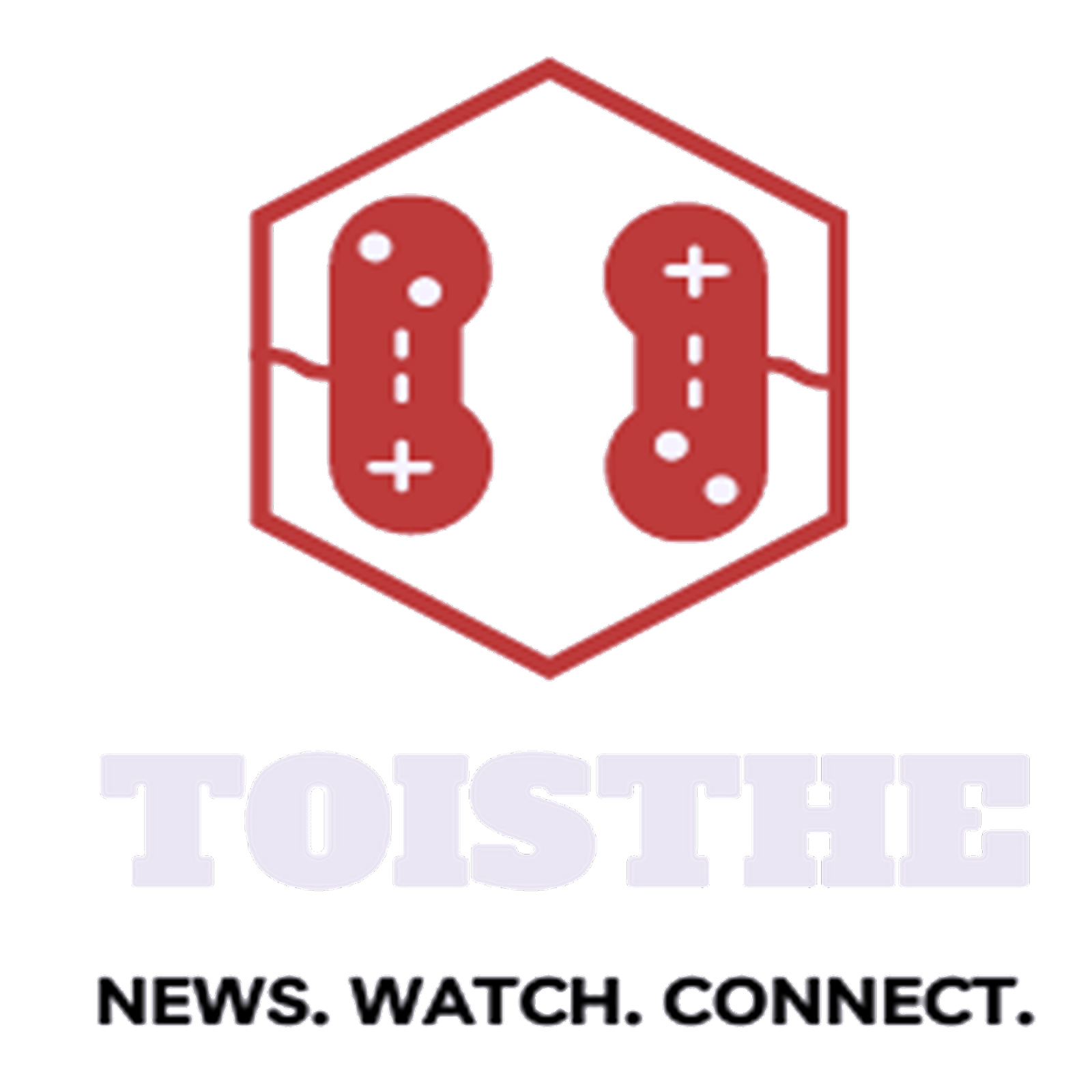One group has proposed a solution to turn these "zombie" homes into affordable housing by compelling banks to complete the foreclosure process and restore the housing to livable conditions.
Zombie homes are exactly what they sound like: decaying, dangerous, and abandoned structures. They are, however, a relic of the mid-2000s subprime-loan gold rush, when many communities of color were victims of predatory lending practices that frequently resulted in foreclosure.
The Department of Housing Preservation and Development — which is responsible for developing and maintaining New York City's stock of affordable housing — has received funding and guidance from the Local Initiatives Support Corporation, a national nonprofit organization, to ensure banks follow the state's "zombie law" to restore vacant homes into affordable units.
There are an estimated 1.3 million zombie homes in the United States, with New York State having the most. Thousands of abandoned homes will be scattered across the state by 2022, particularly in minority communities. Not only are they lowering property prices and encouraging local crime, but they're also adding to the state's severe housing shortage.
But, according to Jenny Weyel, the director of Neighborhood Stabilization at New York City's HPD, a solution is in the works. "We've won lawsuits against banks that have allowed vacant homes to deteriorate, and now we're looking for ways to renovate and resell them to low-income families," she said.
New York has been overrun by zombies.
According to the New York Police Department, more than 2,000 zombie residences are vacant in the city.
Prices are rising as New York's housing crisis worsens, and people are losing their houses through evictions and foreclosures, in an eerie resemblance to the Great Recession.
A wave of foreclosures rocked New York in 2013, leaving a surplus of abandoned residences and homes in the process of being foreclosed on. The state attorney general's office introduced the Abandoned Property Neighborhood Relief Act, sometimes known as the zombie law, when the state had the second-largest housing-foreclosure inventory in the country.
With the support of the Local Initiatives Support Corporation, the HPD has used the law to force banks to keep their promises to preserve abandoned properties in New York. The measure, which is the first of its type in the country, might serve as a model for other states looking to deal with backlogs of unoccupied and distressed homes with bank liens.
It mandates financial institutions to maintain the exteriors of abandoned properties with overdue mortgages until the foreclosure process is completed, which includes replacing windows, mowing grass, and patching roofs. If banks break the law, they are penalized $500 per day per house for noncompliance. And it's worked on over 11,000 homes thus far.
LISC and HPD's "vacants project" has ensured that banks follow the law by following and examining properties, certifying that vacant homes are adequately kept and do not pose a hazard to the areas they blight. Their actions have also paved way for restoring these homes to a state where they can be used as affordable housing.
"Every vacant property repaired means a secure, affordable home for a family, an infusion of life and care for the block and the neighborhood," Helene Caloir, senior director of the New York State Housing Stabilization Fund, told Insider. "You can see it has a good multiplier effect on the community's lives just by going around."
Brownsville has seen success.
One of the city's biggest success stories is a house in the Brownsville district of Brooklyn.
The empty home was owned by Wells Fargo in 2017, but it had been neglected. A police report was filed by HPD.
The city demolished the property after not receiving a satisfactory response from Wells Fargo, leaving the bank responsible for the demolition price. Wells Fargo gave the property to the city of New York in exchange for forgiveness of the debt.
The property will be part of a Habitat for Humanity homeownership project by 2024, with the goal of converting it into affordable multifamily housing.
"We can't let homes remain idle for a year in New York City because of the housing issue," Weyel added. "Zombie houses could be a previously unexplored source of low-cost housing. These homes may be occupied by families, and they may provide a chance for someone who otherwise would not be able to afford to buy a home."










0 Comments
please do not enter any spam link in the comment box